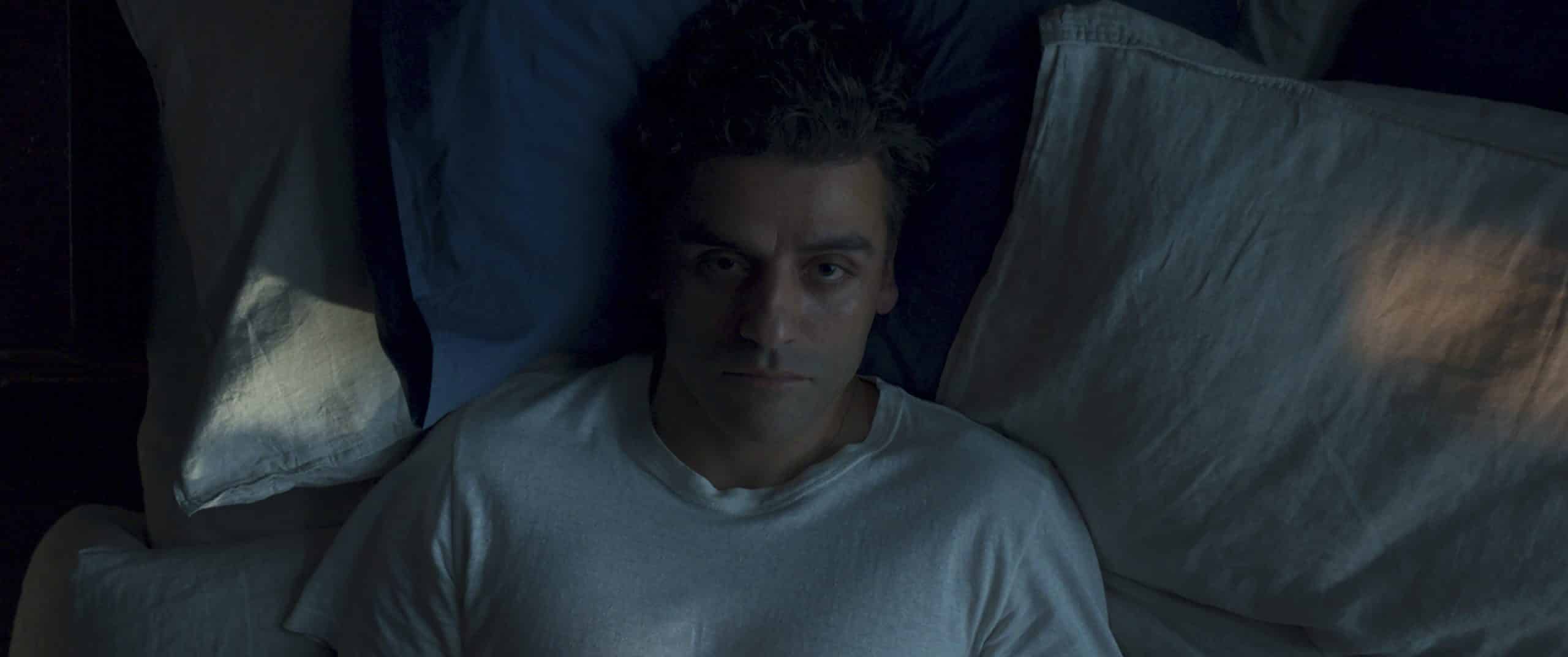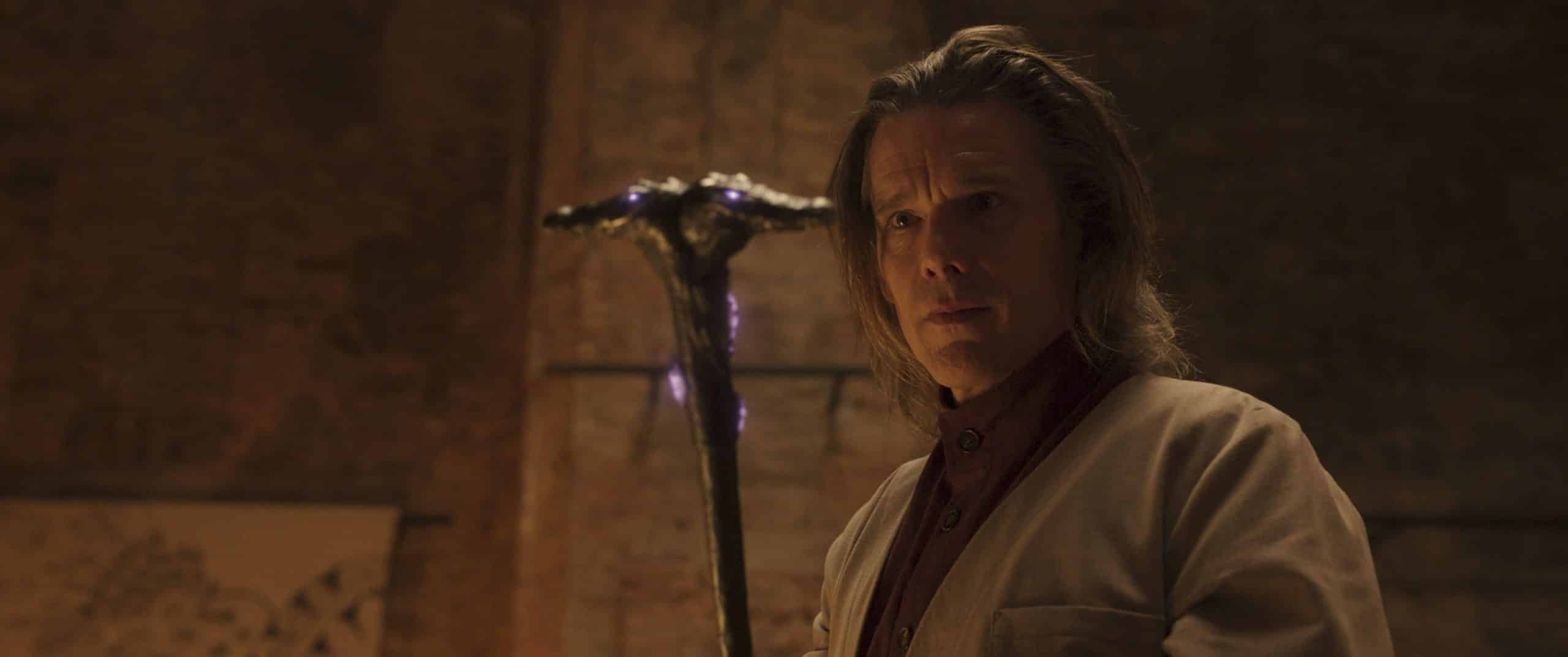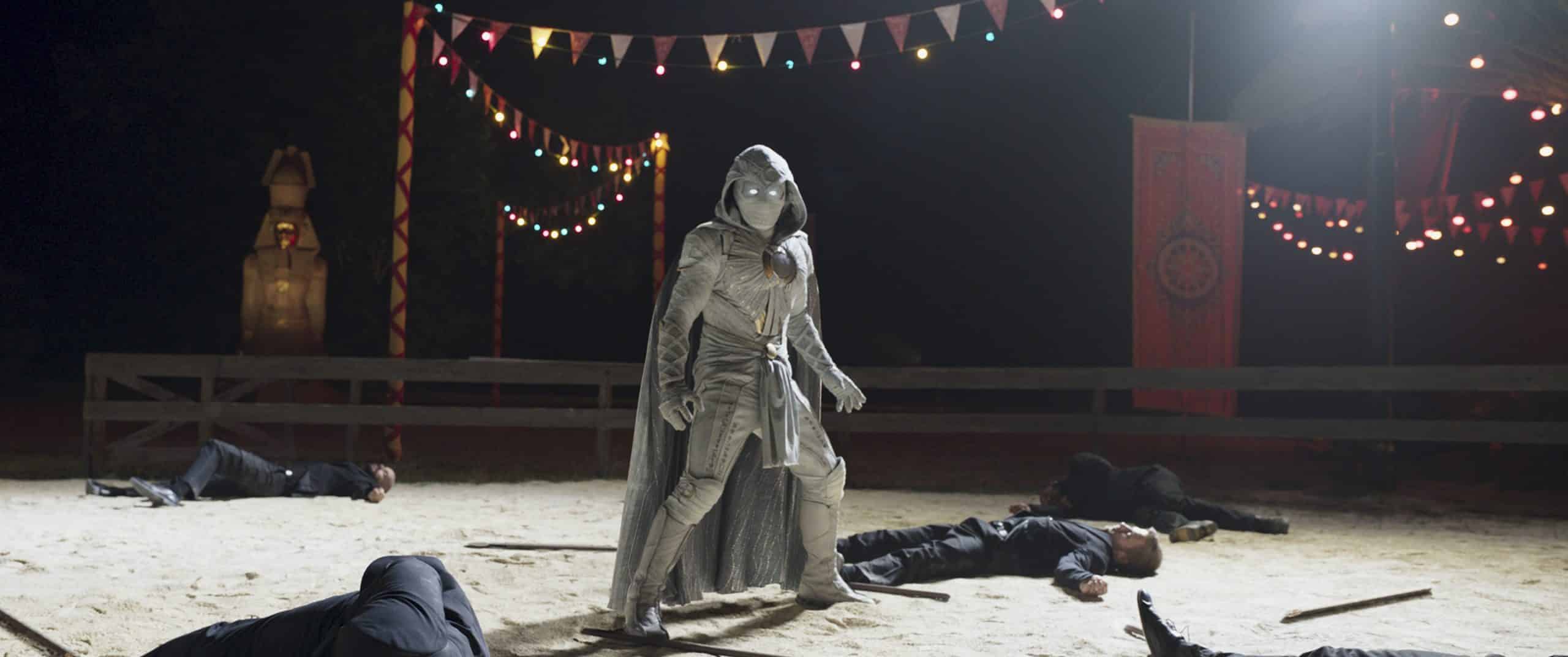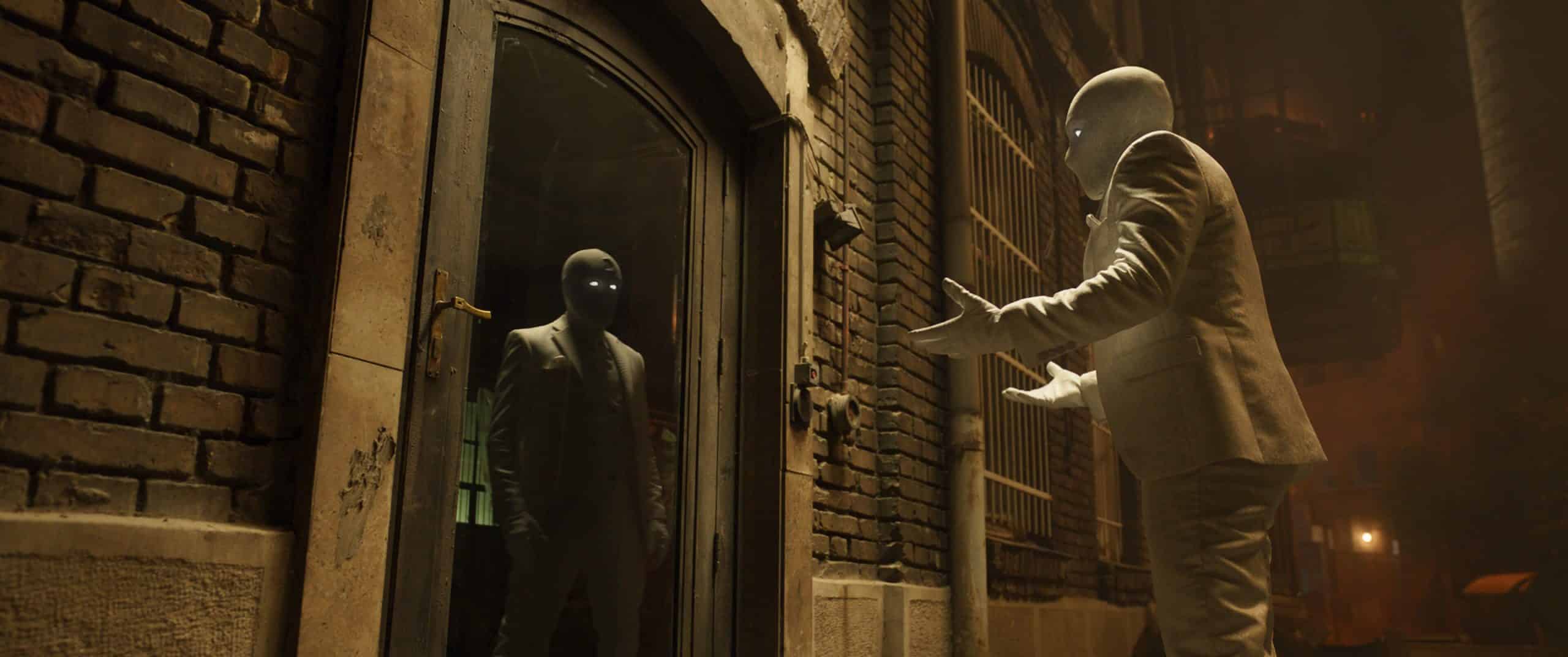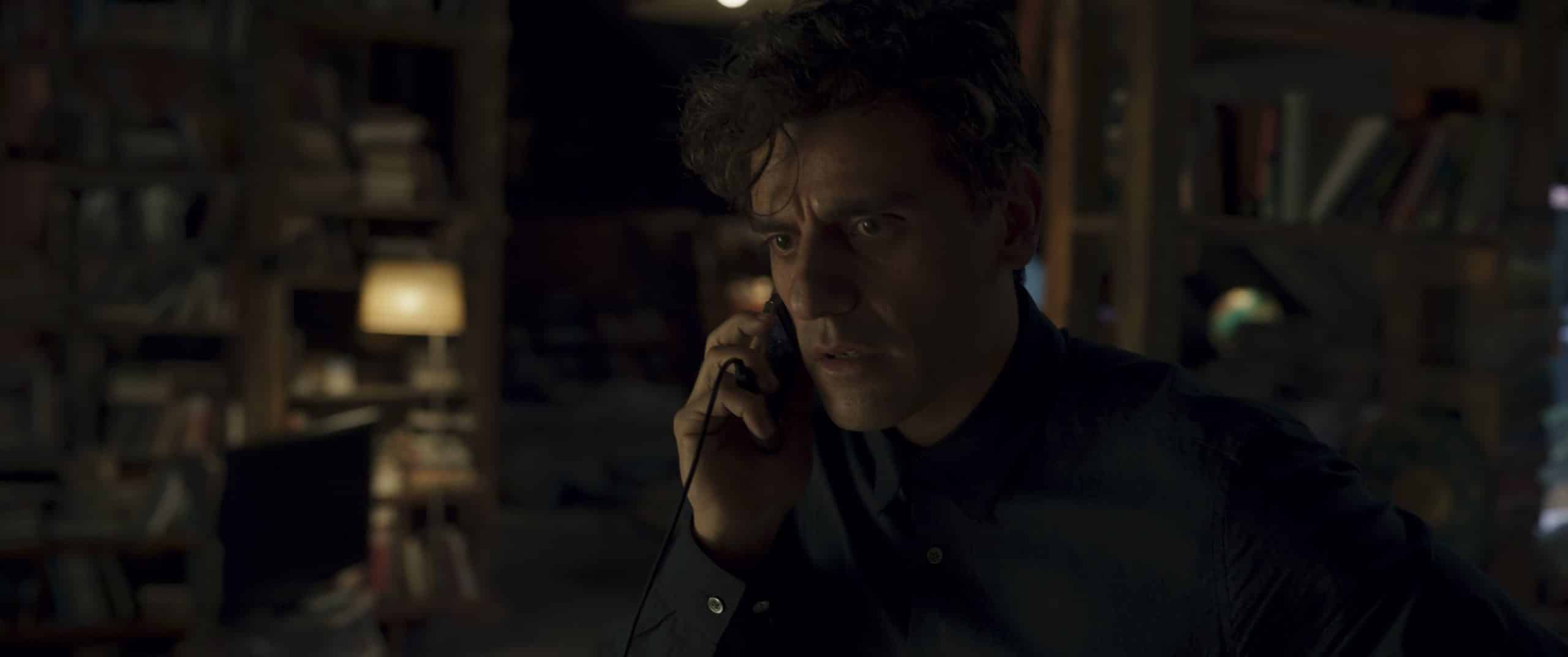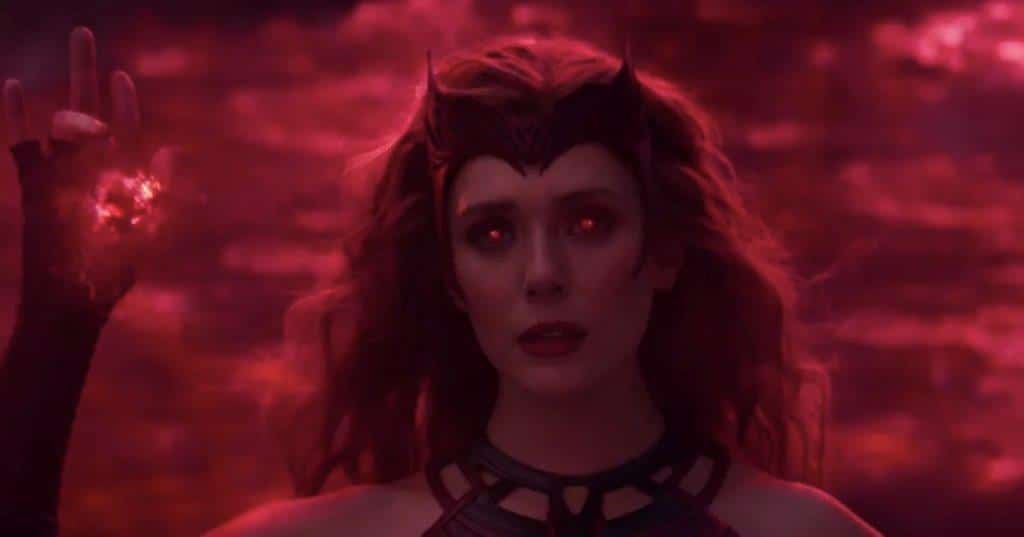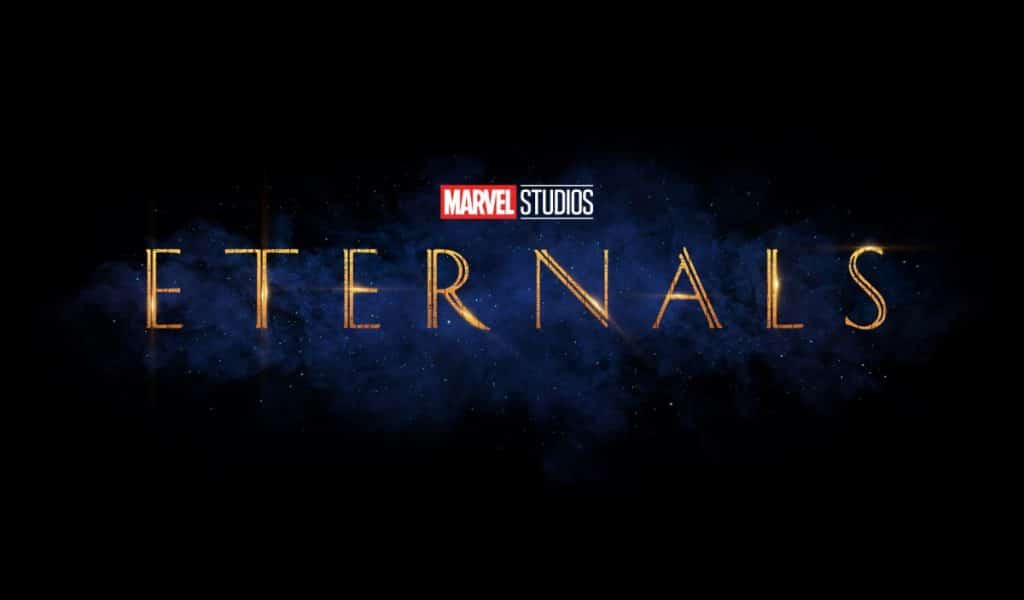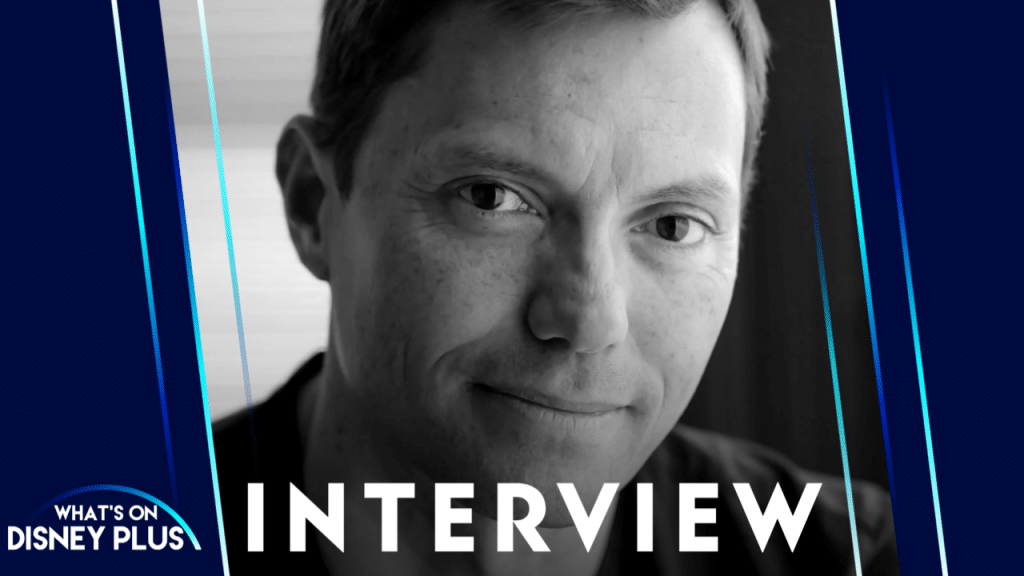
Interview With Marvel’s “Moon Knight” Cinematographer Gregory Middleton
Marvel Studios’ latest Disney+ Original series is “Moon Knight”, which tells the story of Steven Grant, a mild-mannered gift-shop employee, who becomes plagued with blackouts and memories of another life, he discovers he has dissociative identity disorder and shares a body with mercenary Marc Spector. As Steven/Marc’s enemies converge upon them, they must navigate their complex identities while thrust into a deadly mystery among the powerful gods of Egypt.
Recently, I got to speak with Gregory Middleton, who is the director of photography for the “Moon Knight” series and asked about some of the challenges making the series in the pandemic and much more.
Check out the interview below:
Roger:
Could you explain what your role is in terms of making Marvel’s Moon Knight?
Gregory:
So I’m a director of photography, or a cinematographer. If you see that credit on a film or TV, that’s my position. And the essential job, there’s sort of two parts of it. There’s an artistic part, which is part of helping to visually interpret the story with the director to determine the photography like the style, how you use a camera, color, things like that, working with the designer and all that type of thing, like filmmaking technique. And also from a practical standpoint, you run the shooting crew that is doing the lighting and the gripping and the camera, which is a big part of actually what you do every day when you shoot.
Roger:
One of the things with Moon Knight, with there been so many different locations and stuff, how did the different locations impact on what you did filming each episode?
Gregory:
Well, that’s a great question because television, or a one-hour drama, this has changed a lot in the last few years. I worked on Game of Thrones a few years ago. And those one-hour scripts like ours, it’s like a whole movie. We’re not in a police station and then two witness houses and one [inaudible 00:01:30] place like a conventional TV show. We’re in the desert then we’re inside a pyramid, or we’re in a backyard with giant gold pyramids and we’re fighting in a horse arena. So the amount of prep required for each episode is about similar to a feature film.
So we sort of approach it in the same way, which is basically trying to break it up into what will be a set, will be location, how we’ll marry them, how we can fit that into the schedule. Because a lot of it turns into how you can fit all this material into the days. We can’t go to Jordan in any come back. We’re going to do all the stuff in Jordan, the desert at one time, or we’ll build one set and try and do everything for the episode in that one set at one time. And a lot of it is like a breakdown that way, but visually, it’s also like figuring out how to make the journey interesting for the audience and interpret the script in a way which will make it an enriching and amazing experience
Roger:
So what was your biggest challenge of working on Moon Knight?
Gregory:
Oh, boy. I think it was a sea of challenges. It’s like similar… At some point, I felt like I was Steven Grant when I was starting the show because you read the script and like we’re doing what and where and how, and there’s so many things. And also complex story because something that Mohamed said, we’ll probably touch on this later, but which is in the first episode, it’s a bit like a horror movie. There’s different genres in each episode. So we might adapt the style we’re using for each episode because of that. I think the biggest challenge was figure out how to adapt all those scripts in interesting way style wise and still be able to actually produce the show, which is like a six hour movie in the time of a two hour movie.
Roger:
How much of the pandemic, what sort of impact did that have on the whole process of making it?
Gregory:
Well, here’s a typical example. So I think on day three, Kevin Feige came to visit us, which is very nice. He came to see us off and we were shooting Steven’s apartment, which is the apartment which we started the show in. And typically, I have glasses, and the current rules at the time were I had to wear eye coverings when I was near the actors. So we managed to get a pair of goggles with prescriptions for me. So I had goggles and a mask and a hat and a radio, another radio this [inaudible 00:03:41]. And that’s how I met Kevin, who also had a shield and everything else.
And so we’re like, “Oh, nice to meet you. Great job.” And that’s it. And the big thing about COVID is keeping us separate as we work, because a film crew is we’re kind of all over each other. We kind of work closely together. So it’s how to communicate at a distance, a lot of remote communication, like radios, things like that. And not all be in the same place at the same time. That’s the biggest difference. And we did work out quite well. And also we were shooting in Budapest where a lot of the crew speaks Hungarian. I do not speak Hungarian and so there’s the translation and stuff. So it was a lot of those type of issues.
Roger:
Was there any thought at one point to use maybe the volume, like they use with The Mandalorian, or was it always going to be I’m on location?
Gregory:
Well, I think there was one big push from Mohamed our director in general to try and do as much real as possible. Because he’s, as a director, most comfortable with shooting in a real location. All his films are done that way. And so that’s one thing to listen to. The second thing just from a procedural standpoint, the volume type shooting, you have to have all your backgrounds completely as you would want them in the final thing when you shoot. And with the way we were working, we would not be able to ever have all that completely ready. So it was really not an option for us in that way.
Roger:
Oh, I was just going to say, you said Budapest and Jordan, which kind of place was the place you like and obviously London, because there was some great stuff filmed as well in the British museum. And which was your favorite place to film in?
Gregory:
Well, that’s tough. That’s like picking a child. Well, I mean, first of all, I have to give an amazing acknowledgement to Stefania Cella, our amazing production designer, because we had incredible sets to work in. The museum was done in an art gallery in Budapest, and all the things you see were made by them. We had an incredible array of amazing sets. I can only discuss up to episode four, but there’s still more sets to come and each one was like an incredible gift. And incredible also challenge to figure out how to do it correct for the story, like how to light it and how to use it properly. So I wish I could… Am I dodging? I’m just going to say I don’t have one.
Roger:
Obviously with the pandemic and traveling and stuff, it must have made it so much more harder just getting around everywhere
Gregory:
Oh, yes, absolutely. It was like we’re a big group of people and scouting has 130 people in buses and we have to stay apart and it was definitely a challenge.
Roger:
And I’ve got to ask as well, from the point of view now that you’ve got some episodes, how does it feel looking at people’s reactions and fans and stuff now? And you know obviously what’s happening up in these future episodes and that whole feeling of just watching us all react to it?
Gregory:
I came out of kind of an arthouse cinema and feature films is my background. And one of the most rewarding things is seeing something with an audience, and the equivalent here in this sort of cable or whatever you want to call it, Disney Plus streaming drama is seeing people’s reactions because there’s a big audience for this project, there’s a big fan base for the character. And I really do enjoy seeing people’s like the theories and enjoyment. And also, it educates you as a filmmaker of what thing is translated, what little clues you leave, what things people react to. And that’s one of the best parts about this process and I’m just very grateful that I could work on something that had such a great audience that was so eager for it. So it’s tremendously fun to watch that stuff.
Roger:
Yeah. And it’s kind of funny because it’s like for me being able to watch the first four episodes, and then watching people’s reaction to it. It’s like the first time I’ve really been able to see that from that Marvel point of view and it was… I mean, I’m waiting to see what happens after episode [inaudible 00:07:14]. Everybody [inaudible 00:07:14] it was just waiting for weeks. So I definitely felt that even just from that point of seeing it a little bit earlier that everybody else let alone how you guys [inaudible 00:07:21].
Gregory:
Oh, yeah. And I think our show is unique too, in terms of the script. I think with the work with both of directors, Mohamed and Justin and Erin and Jeremy who crafted the idea of introducing the character through Steven first and bringing it into an unconventional way was really smart, because it made for a very like propulsive story. Every episode is like a lot happens, a lot… It’s a journey and you go in the point of view of the character, which is I think a very engaging way to tell a story.
Roger:
And obviously, this is where we’re going to get the upcoming episode assembled, where we get to see the behind the scenes look and stuff. How do you feel from that point of view, where we all get to learn a little bit more about it?
Gregory:
Well, for me, it’s exciting. I mean, look, one, I’m grateful we’re talking because I’m a cinematographer, I’m not a director, I’m not an actor. And to illuminate the amount of craft that goes into everything you see in front of the camera, just the sets, the actors, what they wear. The choice of the camera like how we light a scene, how we shoot seen. Ideally, there’s a lot of thought we put into this stuff and it’s gratifying to see some interest in that and for people to understand like, oh, yeah, everything that you see is a choice usually. It has to be either manufactured, or made, or put in front of the camera. And I’m just really grateful that there’s interest and I’m really happy that [inaudible 00:08:37] Marvel takes an interest in that to put those out.
Roger:
I mean, I’m looking for… I always find the assembled episodes and the Disney gallery ones. It’s always great to see that behind the scenes things. Was there any new techniques that you were able to try out on Moon Knight that you’ve not been able to do before?
Gregory:
Well, what’s interesting was there is a lot of… Especially with Mohamed’s episodes, he did like to connect things within a shot, he made the shots run longer and let the action progress. And that’s something that I’ve done more recently on the Watchman series. And that was something that he really wanted also to make it more the experience of the character. Like not using an edit to tell a story, but to travel with the character.
And that creates a lot of interesting challenges, because you see where you have to hide your lights, or the backgrounds, or you have to have more extras, or you have to figure things out. And that was probably one of the biggest challenges for this and doing that, and then as we see later in episode four, you’ve got Oscar playing two characters. And now we have to do a scene twice and he has to intelligently figure out how he wants to play it, figure out how we’ll do all that in one shot, and then act with someone else. And then the layers of things just compound to make each scene and each thing a big challenge.
Roger:
What was your highlight, your best scene that you put together?
Gregory:
Oh, I dread this moment I think… Oh, wow. I don’t know. It’s really hard to pick one. There’s one I really love, which is in the first episode when Steve was in the elevator and it’s like a full horror movie, and he opens the elevator and it’s like the entire hallway is black and it’s like nothing, it’s a little void. Yeah. That alone, that one image I think tells a lot about where he’s at and also the unknown of what the story is going to bring up. And then we see a little flash of Khonshu. And I think that was one of the first moments where we shoot that in the first week, where I think we kind of hit the nail on the head and was okay, so we’re on the right track with how we’re bringing the audience into this, and I think that was one of the highlights.
Roger:
Yeah. And so I’ve pretty much got to ask at this point, excluding Moon Knight, what has been your favorite Disney Plus original so far?
Gregory:
Oh. I didn’t prepare for this question. Let’s see. I mean, for me, the reason that this story excites me is because it’s about a character. It’s about the Steven and Mark that are reconciling when this one person and it’s about… And for me, the stories that come out of character are the most interesting. And there’s elements of that in all the stories. WandaVision had a lot of that. There’s some beautiful moments in even Winter Soldier between Falcon and the older soldier he meets. And because storytelling is really about understanding people, and anything that eliminates that war is what I gravitate to the most. And this story, despite its fantastical elements, is all about that. It’s all about exploring this character and what he’s about.
Roger:
I just want to say thank you so much for taking your time out to speak to me today about Moon Knight. I can’t wait for these last two episodes to see how all this comes together and what happens next, and the series feels like a film. I mean, I was lucky enough to see it on the big screen at the London and being there with the crowd, and it did feel like a movie. And I’ve got to say, it’s a fantastic series and thank you so much for making it.
Gregory:
Oh, thank you very much. I was like that was one of the goals and I’m glad you had that experience, because we were desperate to try and create that. So thank you so much.
You can check out the first five episodes of “Moon Knight” now on Disney+, with the finale arriving on Wednesday 4th May 2022.

